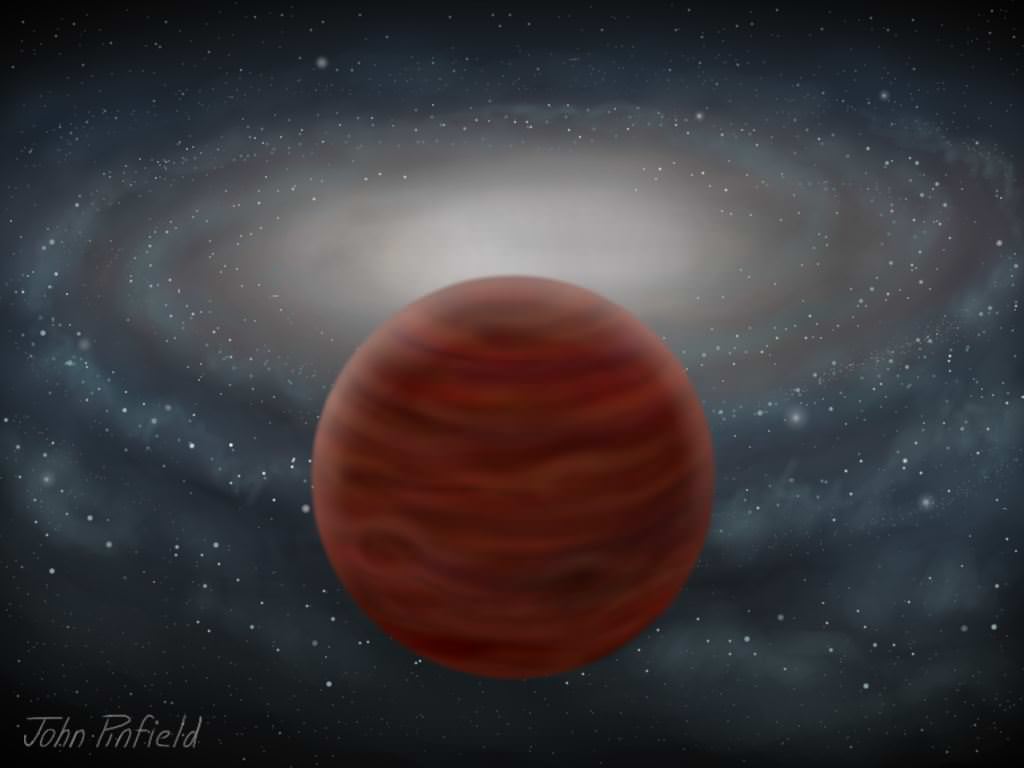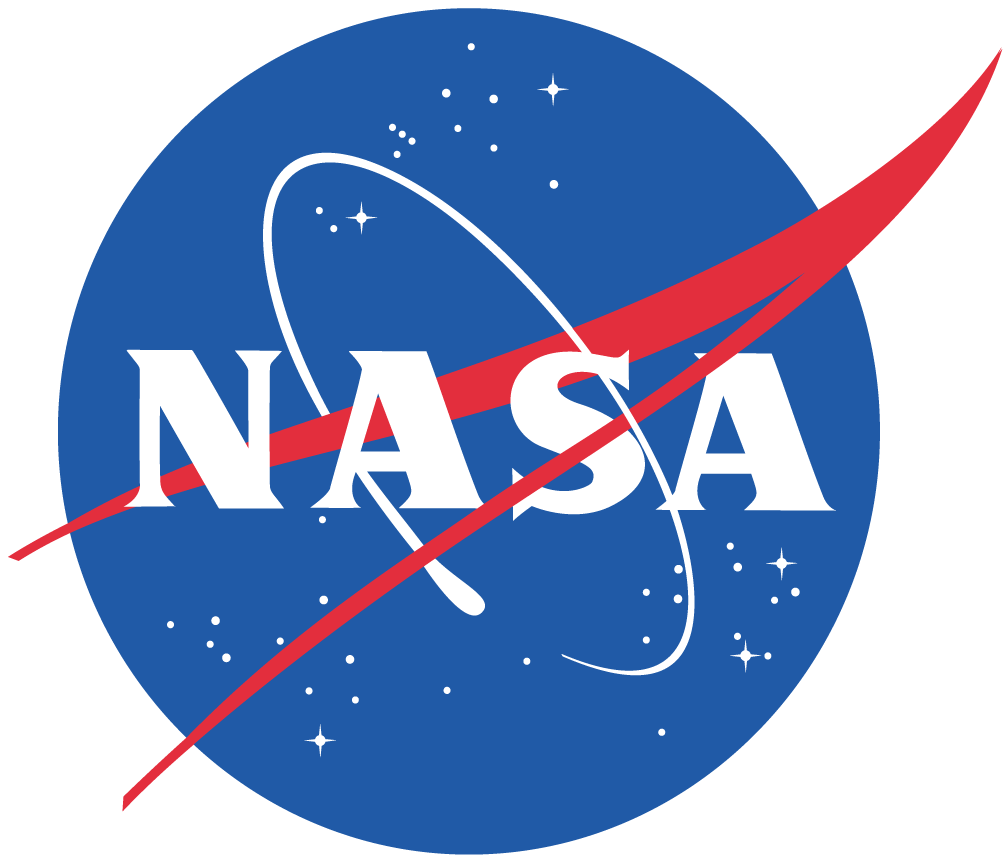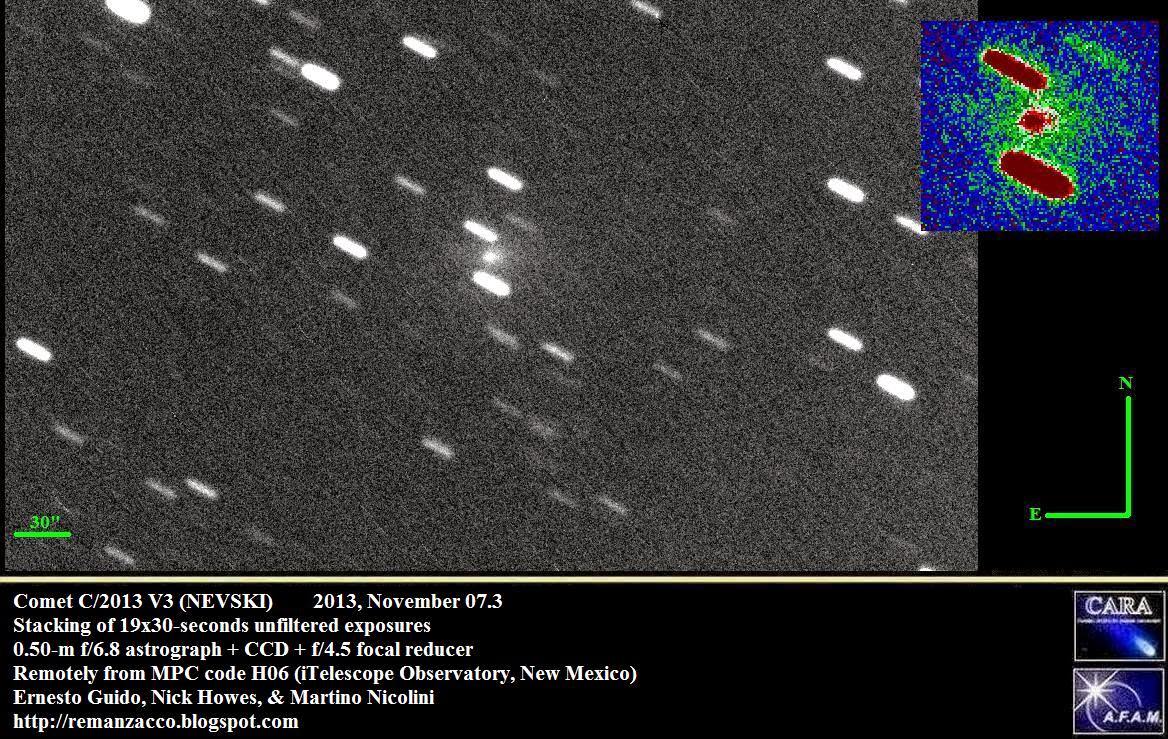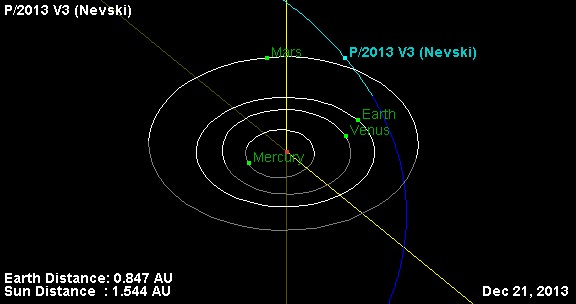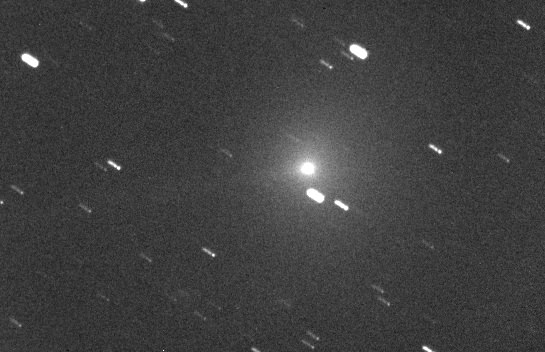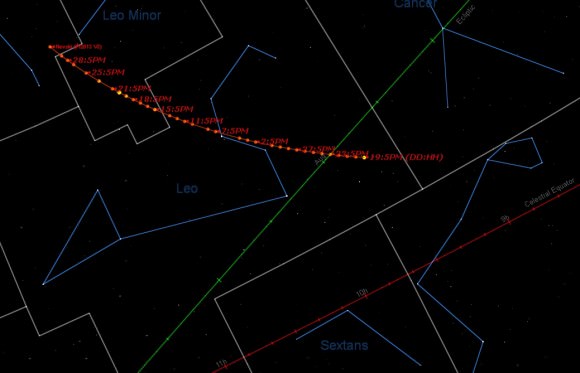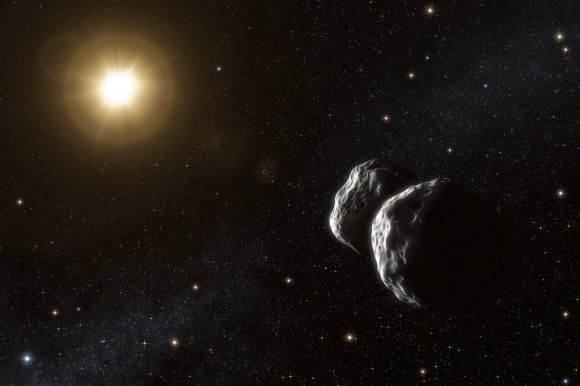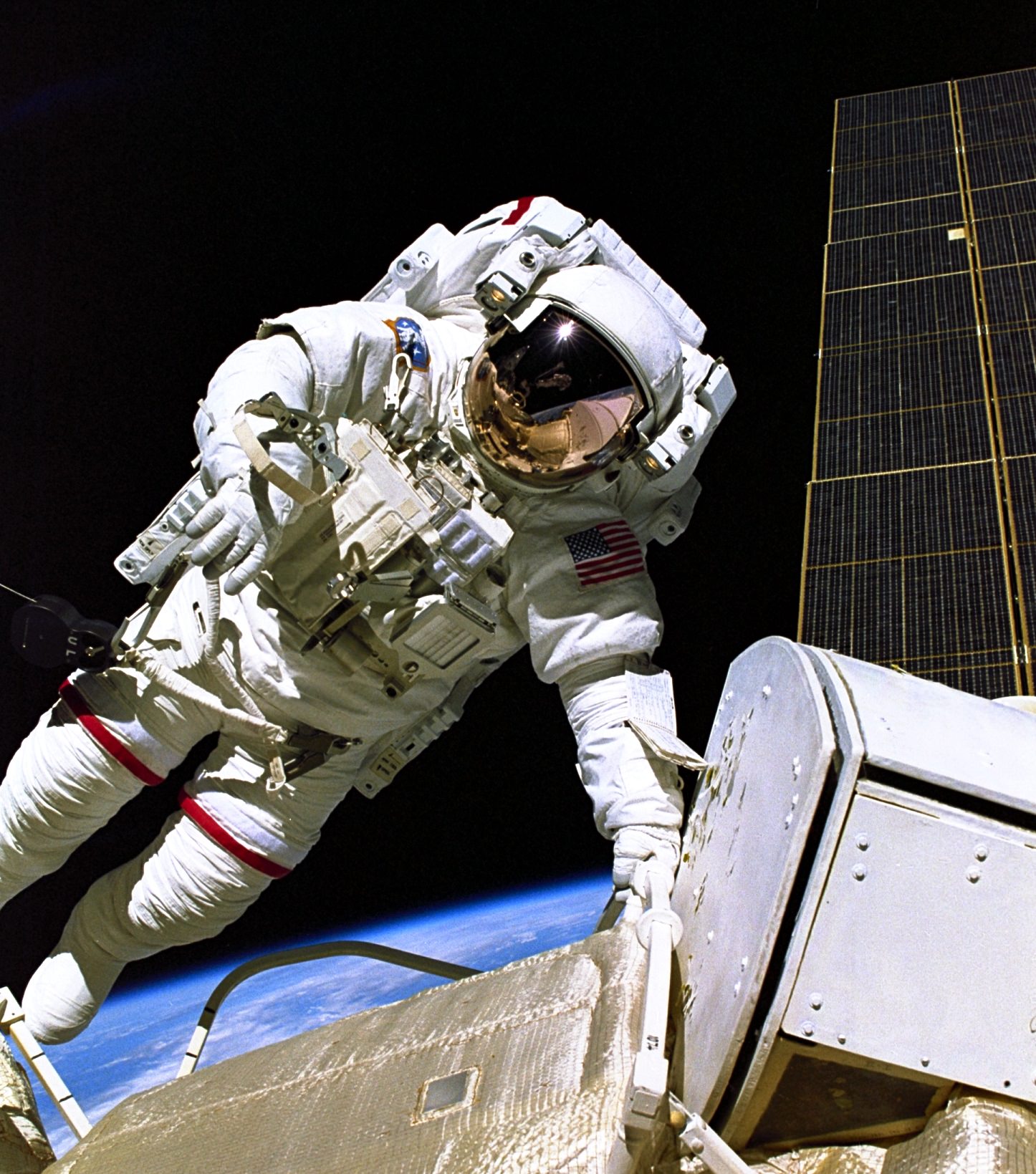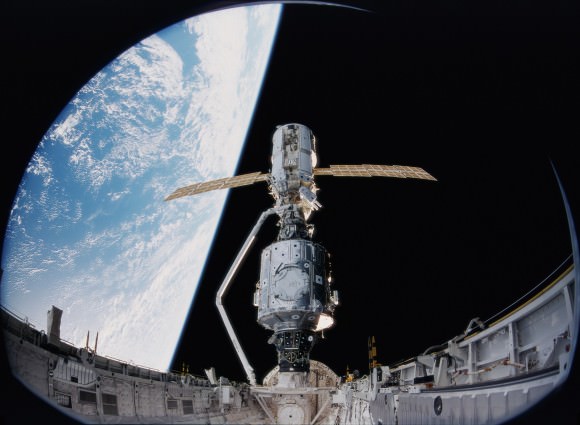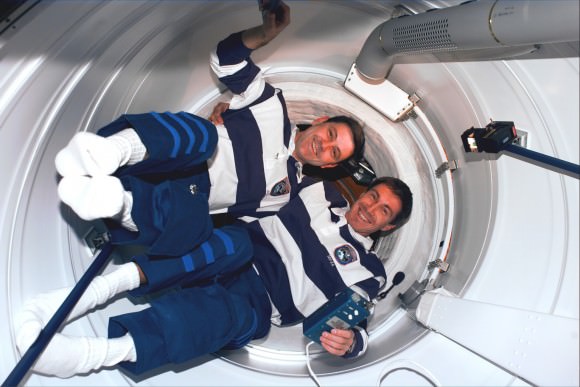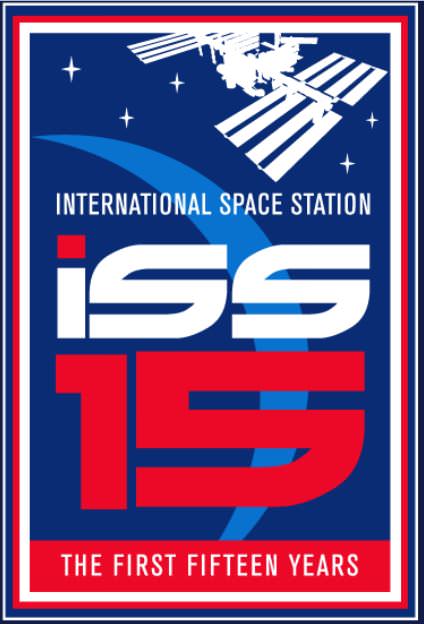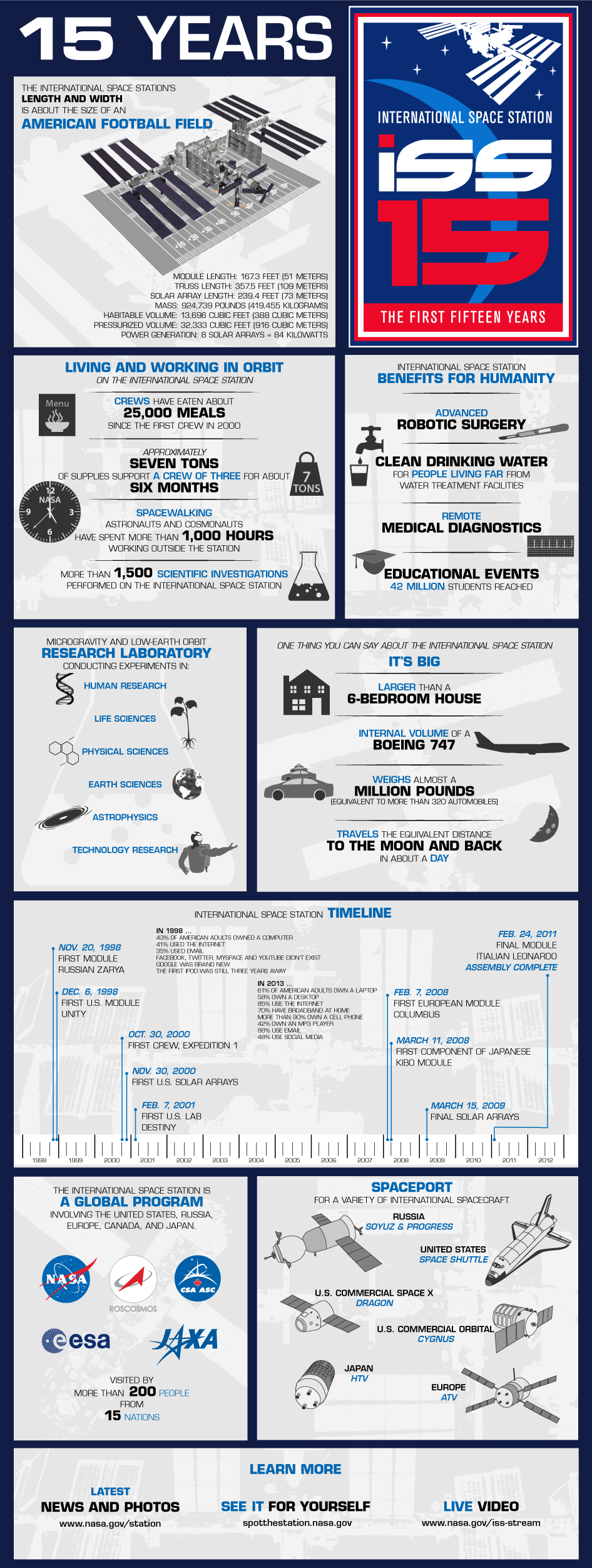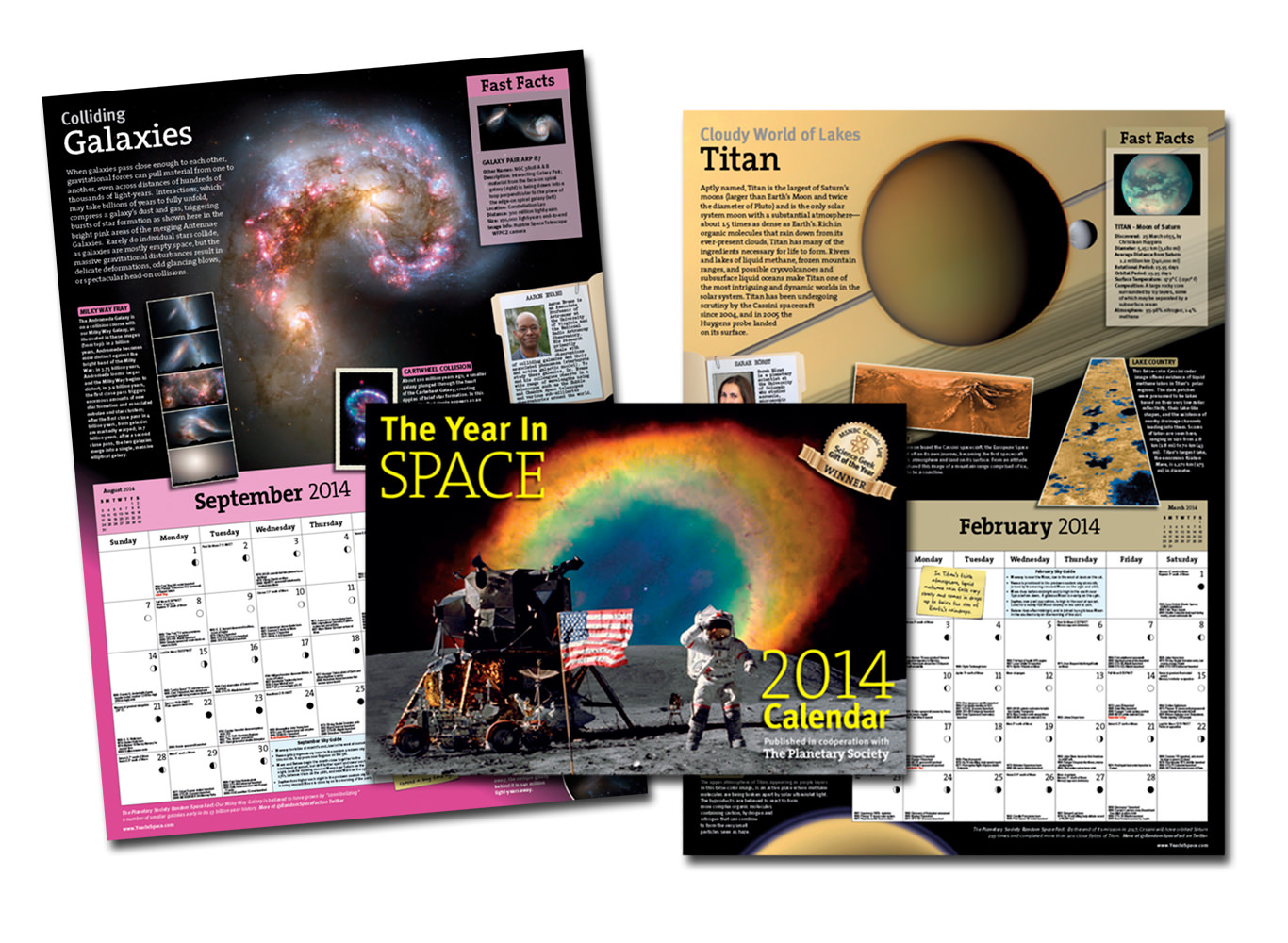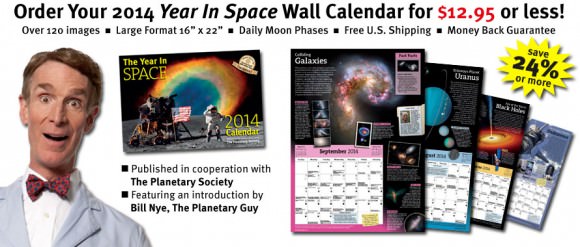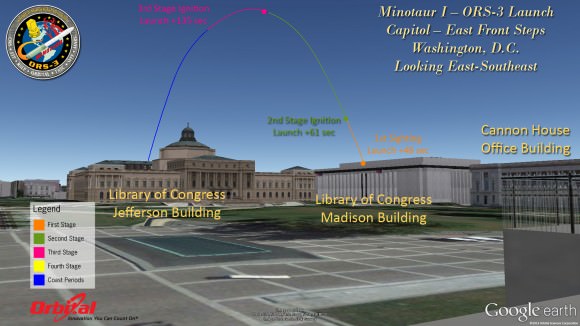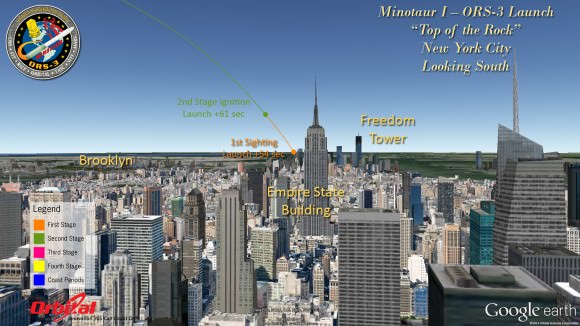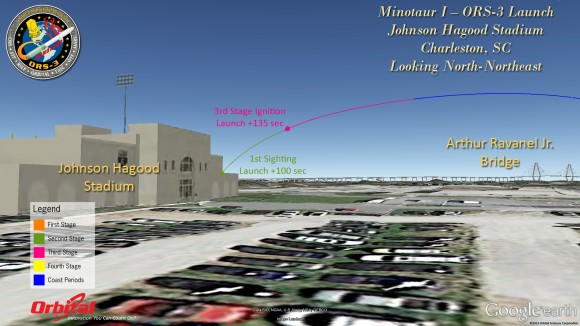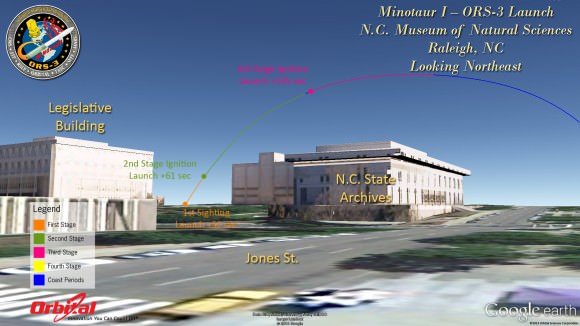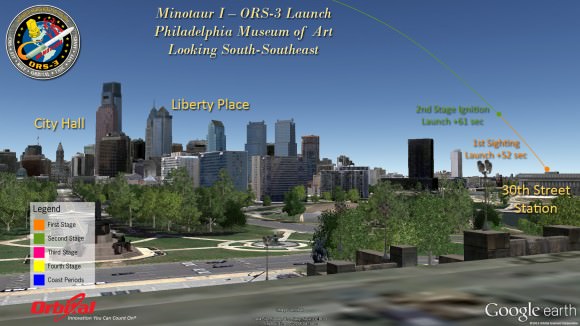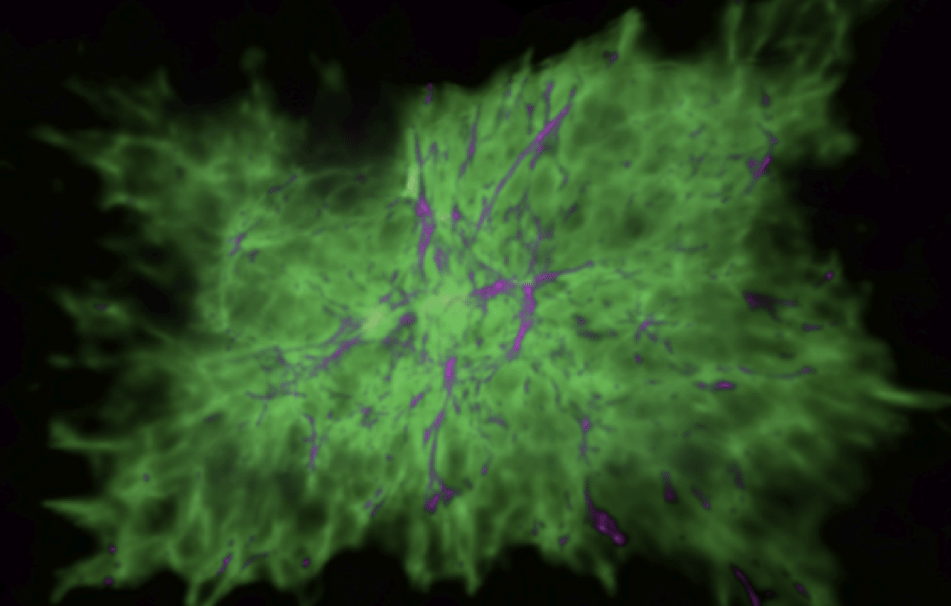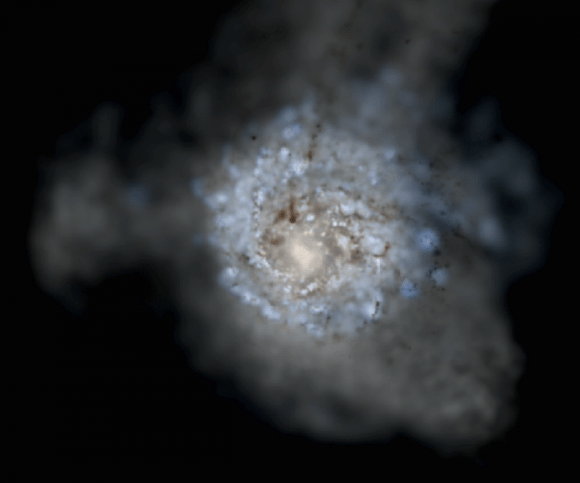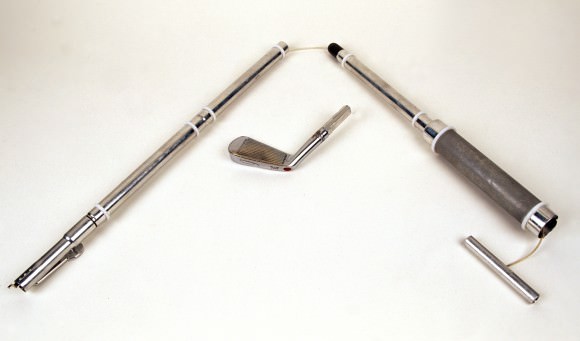As the name implies, a brown dwarf is small… only about 7% the size of the Sun. As far as stellar senior citizens go, they’re cool. Zipping along through space at speeds of 100 to 200 kilometers per second, they may have formed back when our galaxy was young – perhaps 10 billion years ago. Now a team of astronomers headed by Dr. David Pinfield at the University of Hertfordshire has identified a pair of the oldest brown dwarfs known… a set of orbs which could be the harbinger of a huge amount of new, unseen objects.
Although we sometimes refer to them as stars, brown dwarfs are in a class of their own. Because they didn’t ignite in nuclear fusion, they don’t generate internal heat like an ordinary star. After they are formed, they continue to cool and fade as time passes. This process makes them very difficult to observe and the discovery of two very old brown dwarfs, with temperatures of 250-600 C is cause for astronomical excitement.
Just how did Pinfield’s team pick such tiny objects out of the vastness of space? The discovery was facilitated thanks to a survey made by the Wide-field Infrared Survey Explorer (WISE), a NASA observatory that scanned the mid-infrared sky from orbit in 2010 and 2011. The ancient objects are cataloged as WISE 0013+0634 and WISE 0833+0052, and they are located in the constellations of Pisces and Hydra. Because they are so elusive, they were also confirmed by large ground-based telescopes (Magellan, Gemini, VISTA and UKIRT).
However, identifying the pair wasn’t easy. Seeing through the eyes of infrared reveals a crowded space – one populated with reddened stars, distant background galaxies and pockets of nebulous gas and dust. Picking out such a small character from a stellar cast would be like finding one tiny pearl in the vastness of an ocean. But Pinfield’s researchers employed a new method which utilizes WISE’s capabilities. As it scanned the sky over and over again, it revealed the cool, brown dwarfs – picking up the faint signature that other searches had missed.
These two particular brown dwarfs are different from the other slow movers of their type. By studying their spectra, the astronomers have identified atmospheres almost entirely comprised of hydrogen. This sets them apart from younger stars which have an abundance of heavier elements. Does being lighter make them speedier? According to Pinfield, “Unlike in other walks of life, the galaxy’s oldest members move much faster than its younger population.”
Stars near to Sun are considered the “local volume” and are created with three overlapping populations – the thin disk, the thick disk and the halo. Each of these layers has a certain amount of age associated with it: the oldest being the thickest and its member stars move up and down at a higher rate of speed. The halo contains both disks, along with the initial materials which formed the very first stars. Thin disk objects abound in the local volume and account for about 97% of the local stars, while thick disk and halo objects are a meager 3%. Chances are, brown dwarfs belong to that smaller percentage which explains why these fast-moving thick-disk/halo objects are only now being revealed.
Just how many may await discovery? Scientists surmise there may be as many as 70 billion brown dwarfs in the galaxy’s thin disk, and the thick disk and halo take up significantly larger galactic volumes. Even at a tiny 3%, this means there could be an army of ancient brown dwarfs in the galaxy. “These two brown dwarfs may be the tip of an iceberg and are an intriguing piece of astronomical archaeology,” said Pinfield. “We have only been able to find these objects by searching for the faintest and coolest things possible with WISE. And by finding more of them we will gain insight into the earliest epoch of the history of the galaxy.”
Original Story Source: Royal Astronomical Society News Release. For further study: “A deep WISE search for very late type objects and the discovery of two halo/thick-disk T dwarfs: WISE 0013+0634 and WISE 0833+0052”, D. J. Pinfield et al, Monthly Notices of the Royal Astronomical Society, in press.

